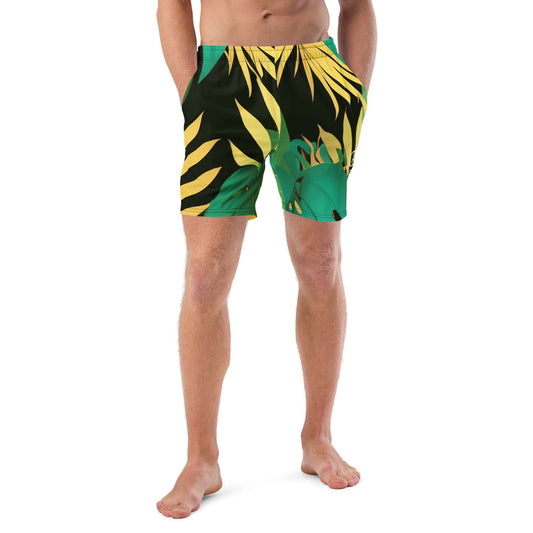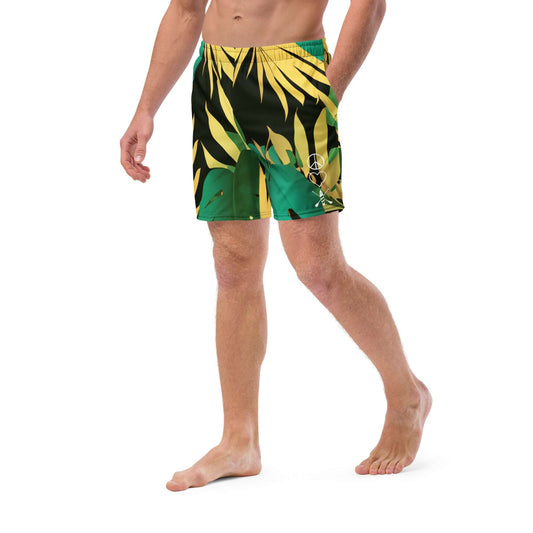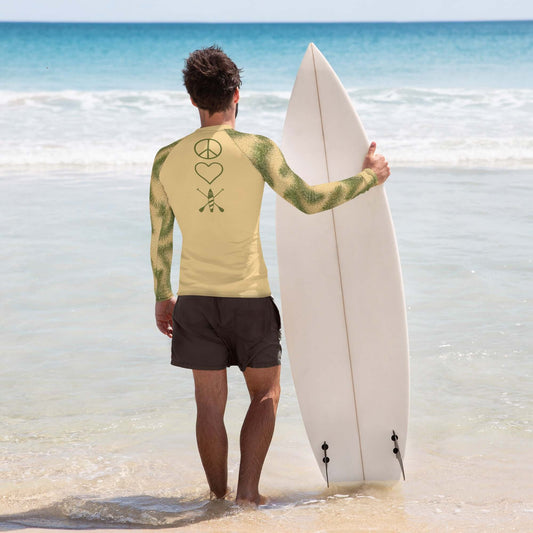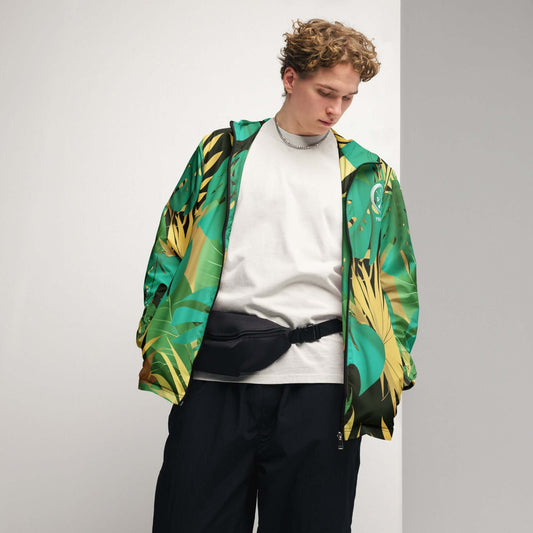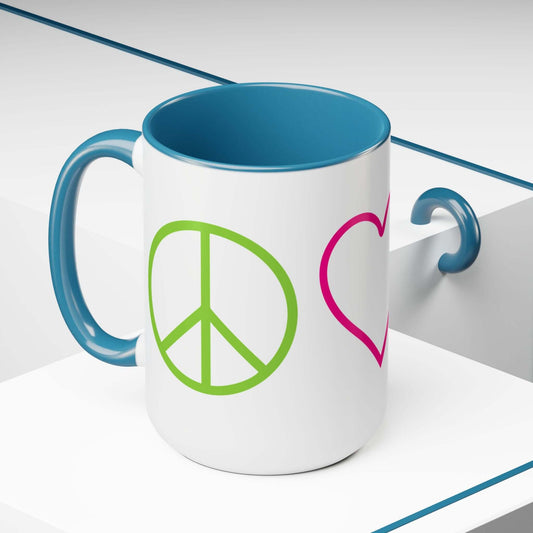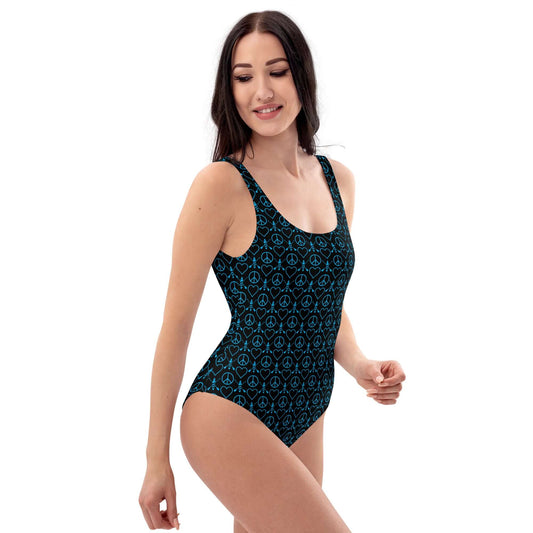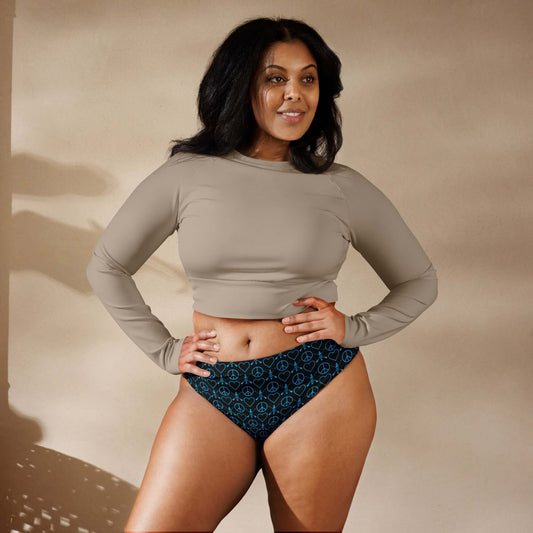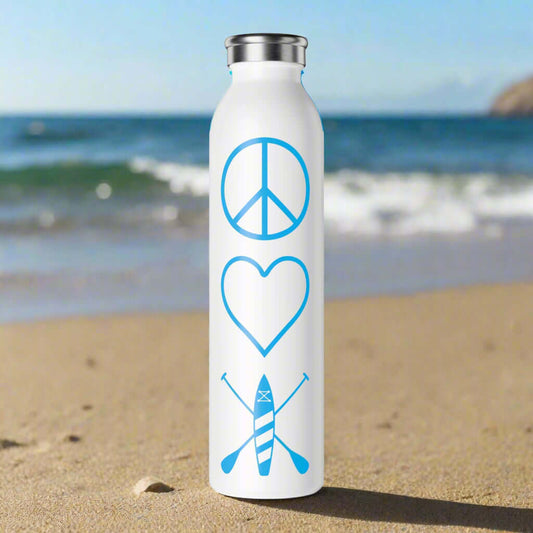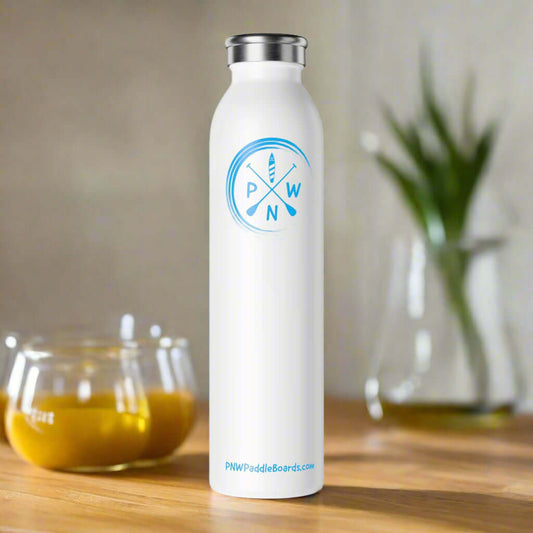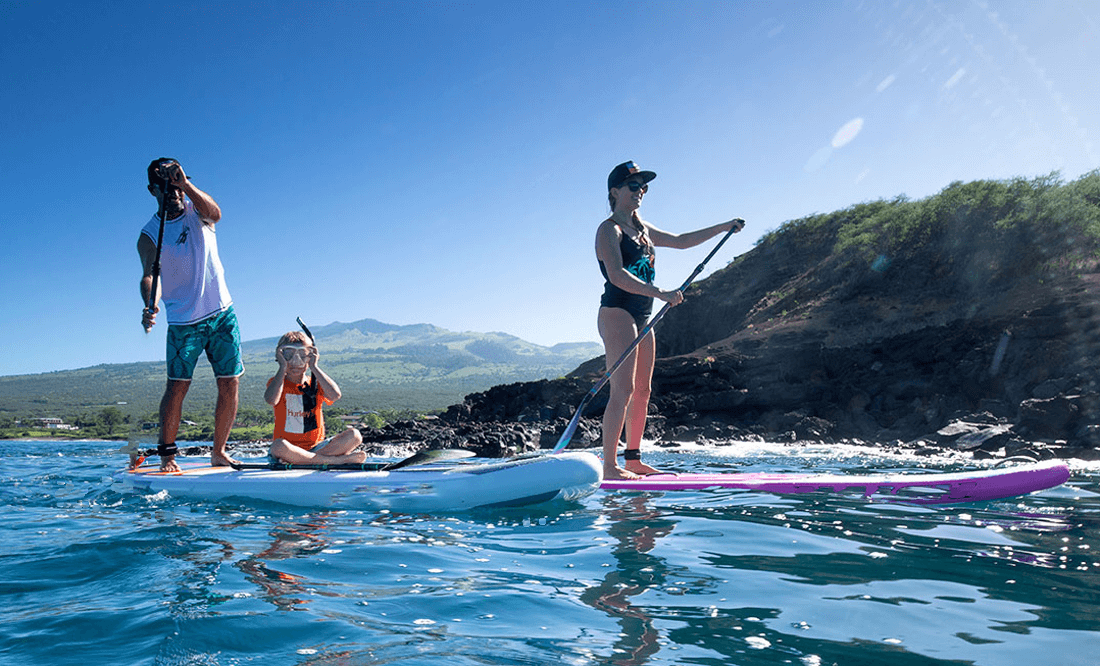
Why Epoxy Paddleboards Reign Supreme Over Inflatable Stand-Up Paddleboards
Stand-up paddleboarding has surged in popularity over the past decade, and for good reason. It combines fun, adventure, and a fantastic workout, all while allowing you to enjoy the beauty of nature. However, choosing the right type of paddleboard can significantly impact your experience on the water. This article will delve into the numerous benefits of using epoxy paddleboards compared to inflatable stand-up paddleboards. By understanding these advantages, you can make the best choice for your water adventures!
The Basics: Understanding Paddleboard Types
Before we dive into the benefits of epoxy paddleboards, let's clarify the two types under discussion:
Epoxy Paddleboards
Epoxy paddleboards are solid boards made from a foam core that is covered with a layer of fiberglass and epoxy resin. This construction method results in a sleek paddleboard design that is lightweight yet incredibly durable. They're often favored by serious paddlers who value performance and stability.
Inflatable Stand-Up Paddleboards
Inflatable stand-up paddleboards (iSUPs) are made from durable plastic materials that can be inflated to the desired pressure and deflated for easy transport. These boards are typically bulkier and have a bit more give due to the air inside when compared to traditional epoxy boards.
Durability: A Key Player in Performance
One of the standout benefits of an epoxy paddleboard is its durability. When a solidly constructed board meets rocks or other hard surfaces, it will often withstand impacts better than an inflatable board. Inflatable paddleboards can puncture or get damaged from scrapes, which leads to costly repairs and downtime.
Impact-Resistant Construction
That's where epoxy paddleboards shine. Their rigid build means they can endure rougher conditions and harsher treatments without losing integrity. With proper care, an epoxy board can last for years, making it a wise investment for any passionate paddler.
Performance: The Thrill of Riding
Speaking of investments, performance is where epoxy paddleboards truly set themselves apart. When it comes to maneuvering through water, balance is key. Epoxy paddleboards are often preferred for their performance-driven shapes that cut through water with ease. Their sleek paddleboard design contributes significantly to how they glide.
Speed and Agility
Unlike inflatable paddleboards, which can flex under pressure, epoxy boards provide the rigidity needed for fast and agile movements. This enhanced control translates to overall better performance, particularly when navigating choppy waters or racing against the wind.
Stability for All Types of Paddlers
Another factor to consider is stability. Epoxy paddleboards tend to offer a broader stance and a lower center of gravity, making them more stable for beginners and advanced paddlers alike. This stability allows you to enjoy the fun of paddleboarding without worrying about tipping over.
Transport and Storage Considerations
When choosing between paddleboard types, transport and storage are key factors. Inflatable paddleboards undeniably win in terms of portability. They can be deflated and packed away, making them easier to take on trips and store. However, this is balanced by the notion that an epoxy paddleboard, while larger, often requires minimal setup.
Quick Setup Time
For those who love spontaneous trips or quick excursions to the lake, the quick setup of an epoxy paddleboard can't be beaten. Simply grab your board, walk it to the water, and slide in! There's no need to fuss with pumps or waiting periods. This expediency enhances the overall paddleboarding experience, allowing you to maximize every moment on the water.

Storage Challenges
On the flip side, storage could be a challenge for you if you live in an apartment or small space. Inflatable paddleboards can easily be stored away because they take up much less space when deflated. However, for paddleboard enthusiasts with ample storage, the investment in an epoxy paddleboard may well be worth the shipping—and the fun.
Maintenance and Care: Keeping Your Board in Tip-Top Shape
Maintaining your paddleboard can significantly affect its longevity and performance. Both epoxy and inflatable boards require care, but their maintenance needs differ.
Care for Epoxy Paddleboards
Epoxy paddleboards require regular cleaning to prevent scratches and wear. Simple washing with mild soap and water will help keep the surface clean. Furthermore, a rigorous inspection for any dings or scratches after each use will ensure that your board remains in excellent condition.
Inflatable Paddleboard Maintenance
Inflatable paddleboards, on the other hand, require even more vigilant care since any tiny puncture can lead to a deflated adventure. Users must frequently check for leaks, understand how to properly store them when not in use, and make sure they are charged to the right pressure before every trip. Ultimately, inflatable boards can be a bit more demanding.
Cost Considerations: An Investment Worth Making
When embarking on your paddleboarding journey, budget is always an essential factor. It can be tempting to opt for the cheaper inflatable option; however, it's crucial to also consider the longevity and performance of the board.
Initial Investment vs. Long-Term Savings
Epoxy paddleboards typically come with a higher price tag than inflatable ones, but they often prove to be a superior investment in the long run. Their durability, performance, and lower maintenance requirements mean fewer replacements or repairs, ultimately saving you money over time.
Resale Value
Additionally, epoxy paddleboards can maintain a higher resale value compared to inflatables, should you decide to upgrade to a newer model down the line. Given that they are crafted to withstand the test of time, buyers often perceive epoxies as a more trustworthy option, which can help you recoup some of your initial investment.
Environmental Factors: A Sustainable Choice
As we become more aware of our environmental footprint, it's worth considering the sustainability of the products we choose. Epoxy paddleboards often utilize materials and manufacturing processes that are more eco-friendly compared to inflatables, which can release harmful chemicals into the environment over time.
Longevity and Reduced Waste
Because epoxy boards last longer, they reduce the frequency of production and waste generation that comes with the regular purchase of inflatable boards. This longevity means fewer boards need to be manufactured, resulting in a smaller environmental footprint overall. If being green is important to you, an epoxy paddleboard aligns beautifully with that philosophy.
Choosing What Works Best for You
Ultimately, the decision between epoxy paddleboards and inflatable stand-up paddleboards should be based on your personal preferences and priorities. If you prioritize durability, performance, and quick setup times, you will likely be inclined to choose an epoxy paddleboard. On the other hand, if portability and ease of storage are more critical for your lifestyle, an inflatable board might be more suitable.
Fun on the Water Awaits
Regardless of which type you choose, both offer a unique way to enjoy the great outdoors and get involved in a community of paddlers. Paddleboarding is a fantastic way to stay active while exploring lakes, rivers, or oceans. Make sure to select the board that resonates with you, your lifestyle, and your paddling ambitions.
Adventure Awaits
Your choice in paddleboards will set the tone for countless fun outings on the water. Deciding on an epoxy paddleboard means you’re investing in a durable, performance-oriented option that will serve you well for years to come. Embrace that sleek paddleboard design and get ready to carve through the waves while catching the rays! With every adventure, you'll be reminded why choosing the right board is essential to creating unforgettable memories in your paddleboarding journey.













